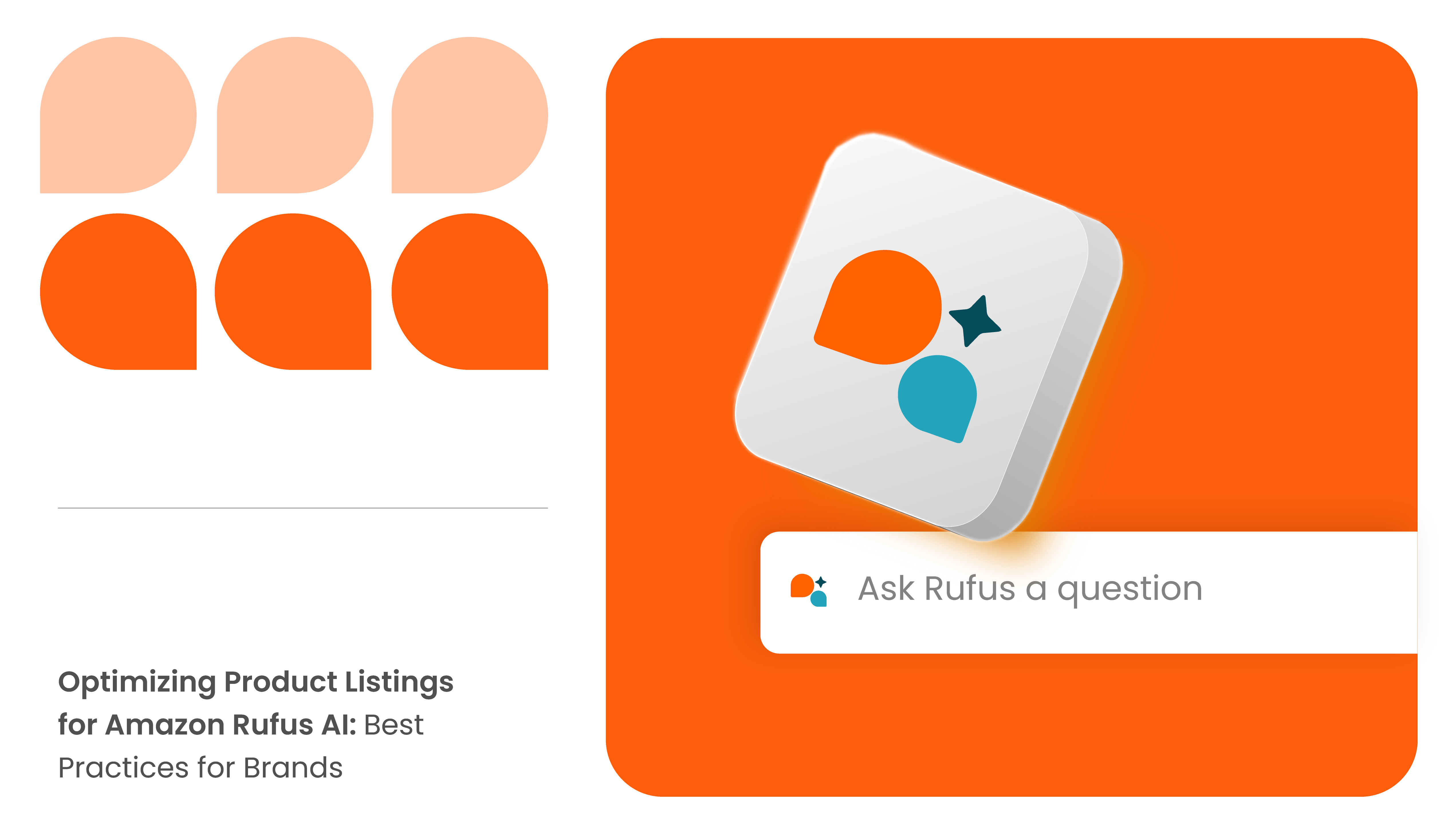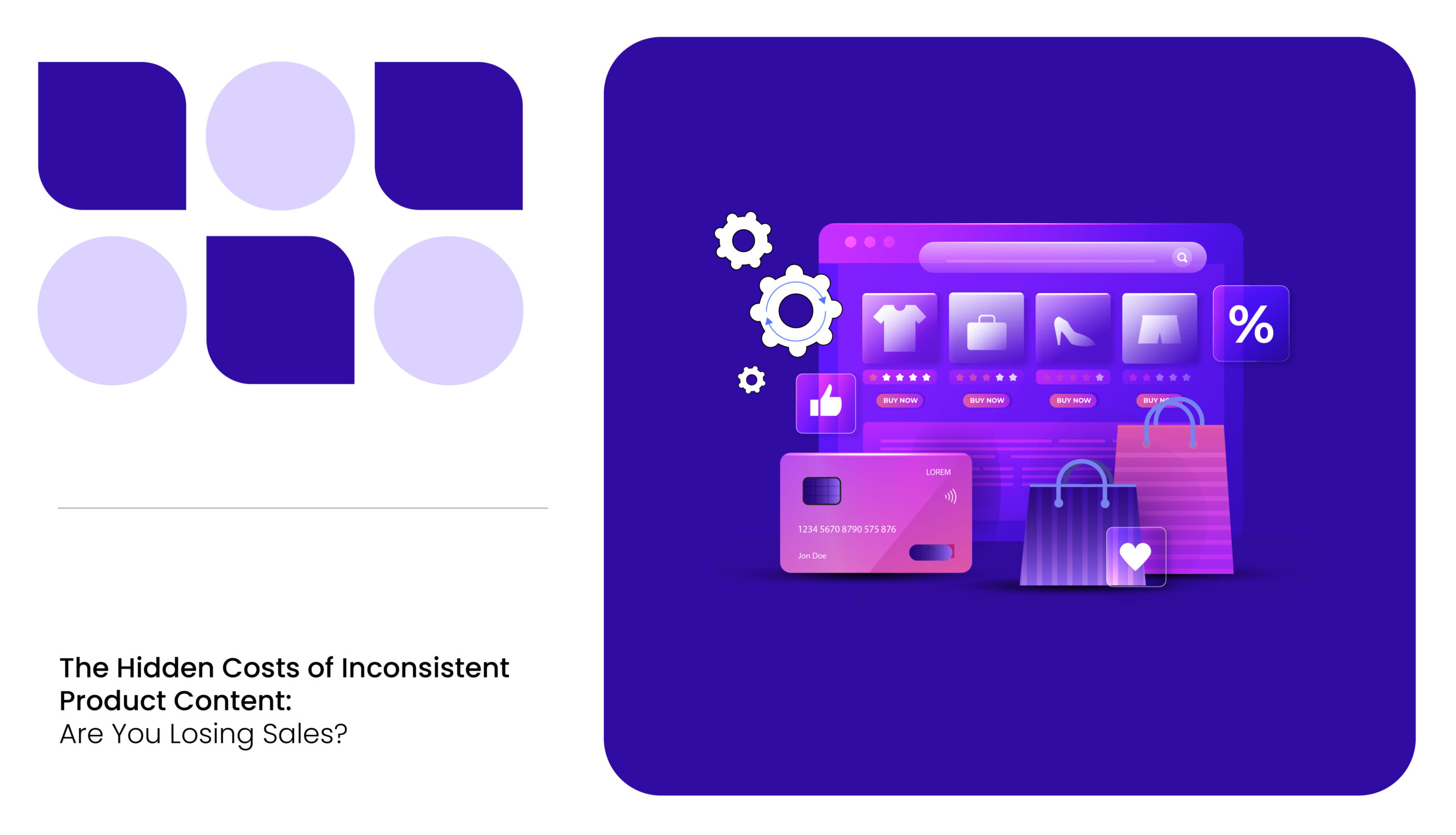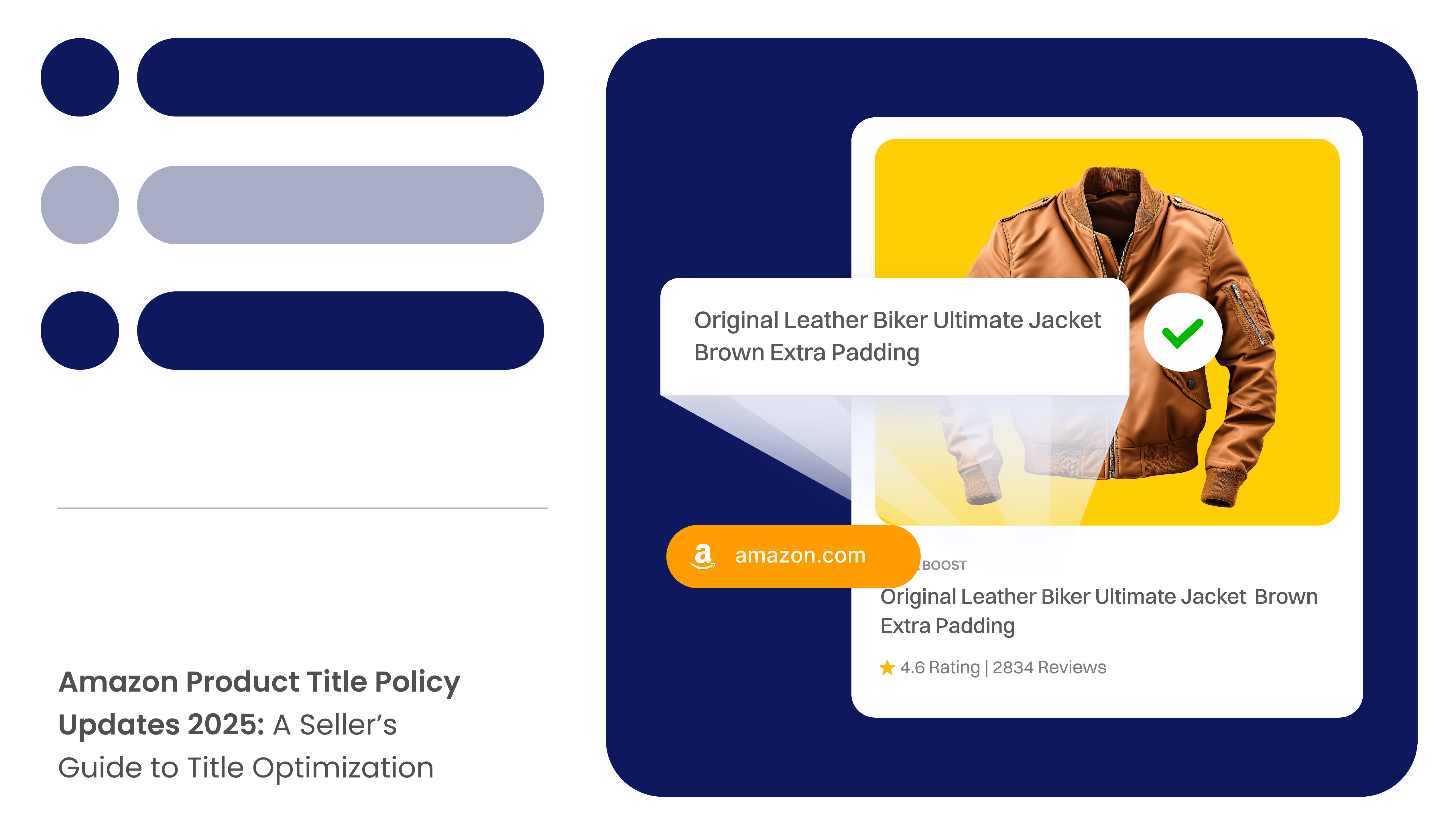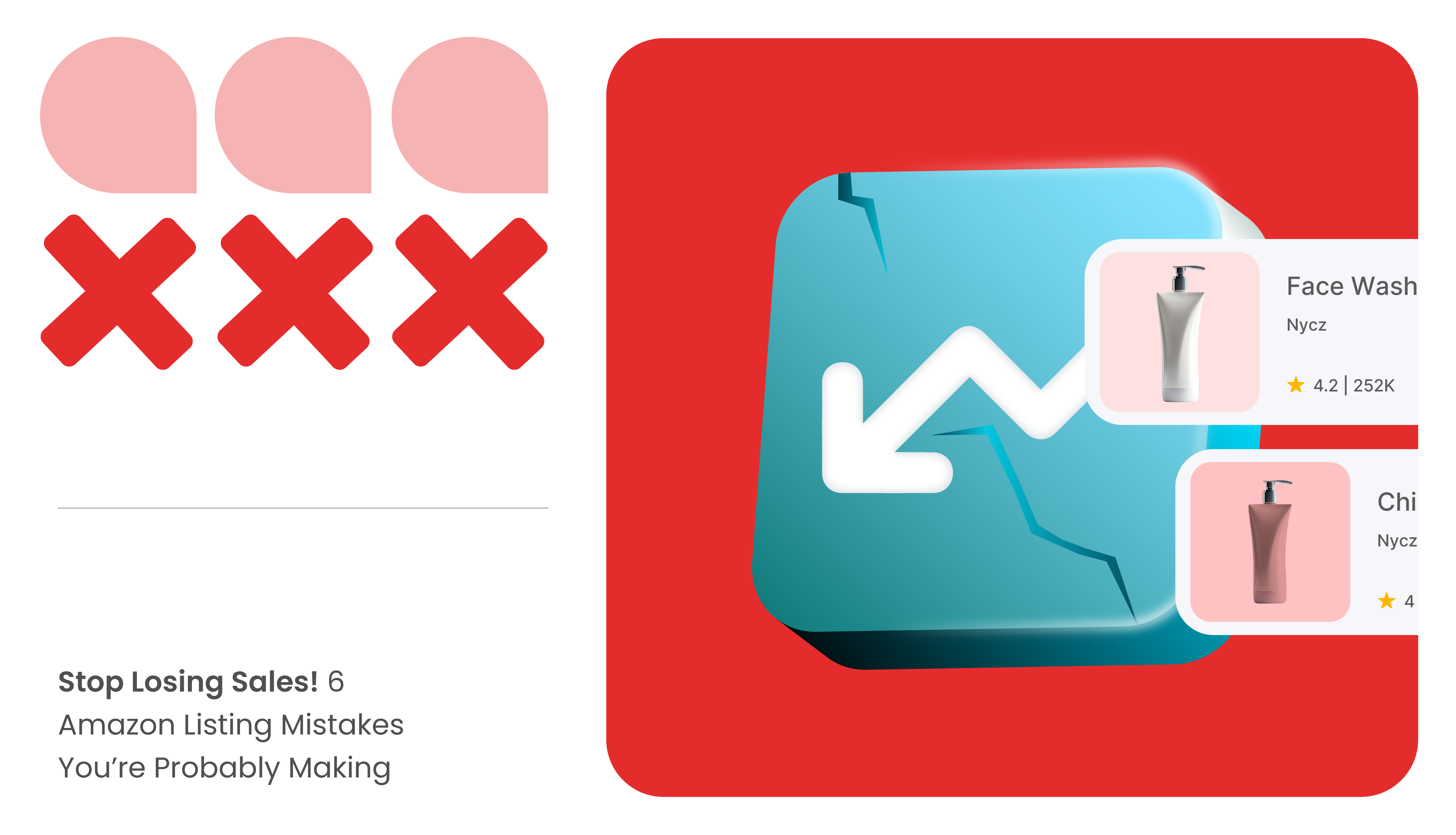Amazon just changed the game again. Meet Amazon Rufus AI, the generative AI-powered conversational shopping assistant that is redefining how customers shop and make decisions.
Think of it as a personal shopping assistant in your pocket. It answers questions, compares products, and guides users to exactly what they need.
Understanding Amazon Rufus AI is no longer a choice– it’s a must for any seller who wants to thrive in the world’s biggest online marketplace. Forget the old tactics of keyword stuffing and generic product descriptions. Rufus demands precision, personalization, and authenticity.
Optimizing for Rufus demands a nuanced understanding of user intent, compelling content, and how AI is transforming the shopping experience.
By combining creative, compelling listings with the right tools, such as robust content compliance monitoring software, you can stay ahead of the curve and dominate the marketplace.
What is Amazon Rufus AI?
Amazon Rufus AI is a generative AI-powered conversational shopping assistant integrated into the Amazon Shopping app.
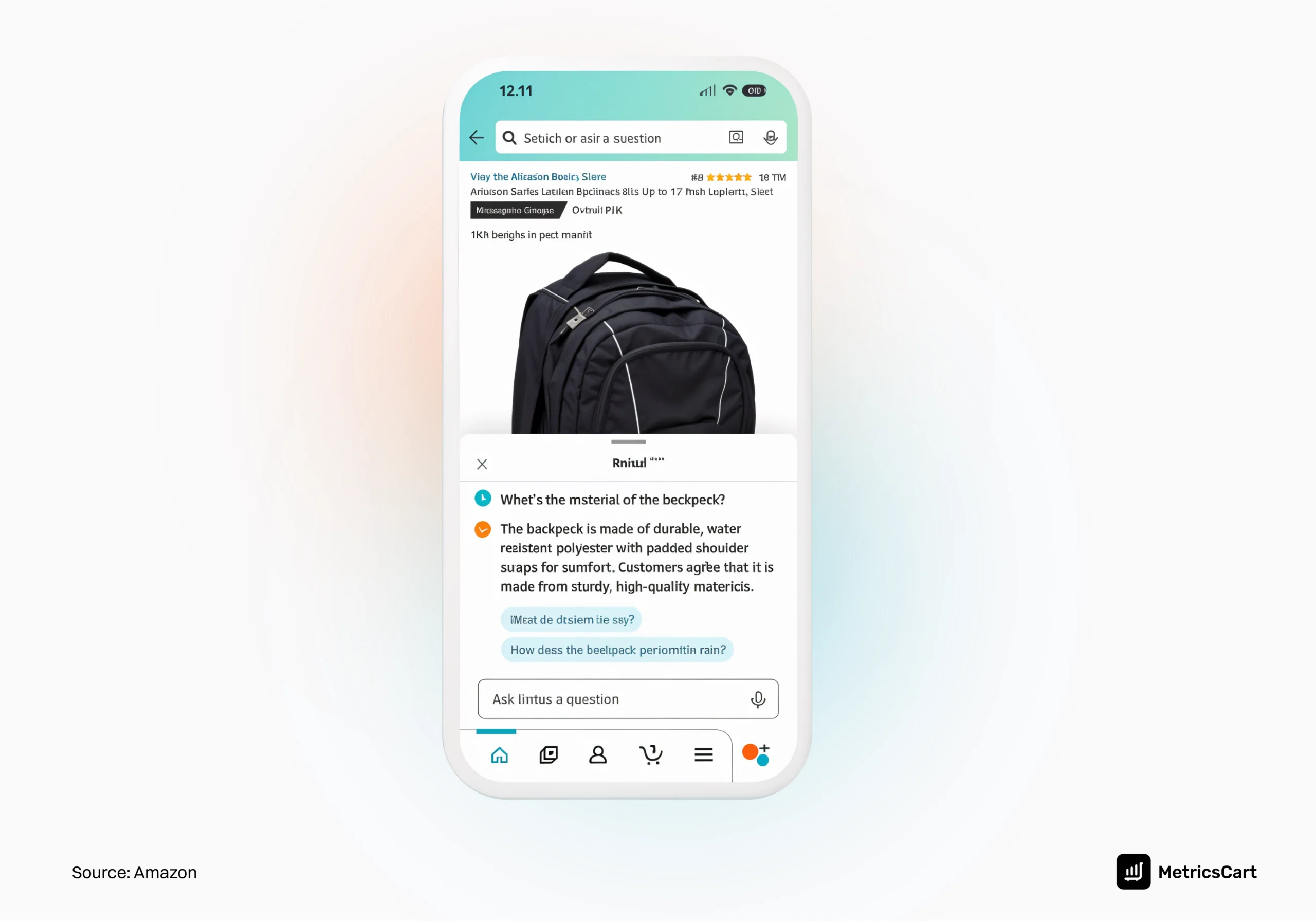
Launched in early 2024, Rufus is trained on Amazon’s extensive product catalog, customer reviews, community Q&As, and information to answer customer questions on a variety of shopping needs and products.
It provides comparisons and makes recommendations based on conversational context, thereby enhancing the shopping experience by offering real-time, personalized product guidance.
How does Amazon Rufus AI work?
Rufus AI uses advanced natural language processing (NLP) and machine learning algorithms to interpret customer inquiries and find the most relevant products.
It functions like a chatbot where customers can type in a query, and Rufus responds with personalized recommendations. In addition, customers can ask Amazon Rufus AI to explore FAQs related to their query and provide a summary of reviews of specific products.
Customers can also use Rufus AI to compare products or features by asking questions. For example, if a customer is buying shoes, they can ask questions like “Should I get sneakers or running shoes?”. This will help them compare the options and purchase the best one.
Moreover, Amazon Rufus AI provides customers with the latest product updates and trends and allows them to access their past orders to make purchase decisions.
Amazon Rufus AI is trained on all the product listings on the platform, which allows brands to use this AI assistant to boost sales and conversion rates.
Best Practices for Optimizing Product Listing for Amazon Rufus AI
To enhance product visibility and align with Amazon Rufus AI’s functionalities, you can implement the following strategies:
Enhance Product Descriptions
Amazon Rufus AI analyzes the information on the product listings when it recommends products or answers customer questions. Therefore, it is crucial to have a content-rich product listing.
The first step will be to create concise, keyword-rich titles that highlight key features and benefits. In addition, you must keep the title length close to the maximum allowable characters.
When you are writing product descriptions, you must ensure that they answer common questions and highlight key benefits without sounding too promotional. In addition, you must add long-tail keywords that align with specific customer intents. Rufus can understand and match these detailed phrases with relevant products.
For example, instead of “noise-canceling headphones,” you can write “best noise-canceling headphones for travel with compact design.” This helps Rufus better understand the exact need and recommend your product accordingly.
In addition, you can create bullet points to describe the key features and product specifications. Brands can also include an FAQ section to address common customer queries. This approach enhances readability and allows Rufus to extract relevant information efficiently.

Leverage Customer Reviews and Q&As
Most often, customers ask Rufus AI about the most liked or popular products of a particular category they are searching for. How does Amazon Rufus AI answer this question? It analyzes customer reviews and interprets the overall sentiment, understanding whether customers generally feel positive, negative, or neutral about a product, and then recommends a product.
Therefore, it is necessary to encourage customers to leave reviews and improve your review strategy with an advanced rating and review analysis platform to maintain a positive rating.
In addition, you must leverage the Q&A section of your product. You must anticipate common questions and proactively add them to your Q&A section to clarify any points of confusion that appear in reviews. This provides Rufus with additional context to recommend your product accurately.
READ MORE | Want to Get More Reviews on Amazon? Check out How to Get More Reviews: 7 Tips to Improve Product Ranking
Optimize Visual Content and Media
Rufus AI analyzes images to understand the features and context of products. Moreover, users can upload pictures, and RUFUS will identify and suggest visually similar products available on Amazon. Therefore, it is essential to add high-resolution images with a clean, white background.
By showcasing your product’s best features and ensuring mobile optimization, you can ensure that your product appears in relevant search results based on visual information.
Focus on Context-Based Optimization
Rufus is more than just a keyword matcher. It aims to grasp the “why” behind each search and interpret the context and intent behind customer queries. Therefore, brands need to go beyond generic descriptions. They need to include natural language patterns and conversational phrases in their listings that align with how customers might describe their requirements.
For example, if you are selling a mobile phone, instead of merely stating “10-hour battery life,” you must emphasize the benefit: “Power through your day without worrying about your phone dying.”
In addition, you must describe specific scenarios or environments where your product excels. This type of product page optimization helps Rufus match your product to customer needs more accurately.
Analyze the Automatic Rufus Questions Displayed on Your Listing
When you click on your product listing, you can view a set of questions under the Rufus tab tailored to that product. These questions reflect common inquiries and concerns from potential buyers. This helps you gain insights into what customers are specifically looking for, allowing them to tailor their product listings to address these needs more effectively.
In addition, monitoring Rufus’s questions helps sellers engage with their audience more meaningfully. By proactively addressing common queries, sellers can build trust and credibility with potential buyers, which is essential for fostering long-term customer relationships.
Conclusion
Amazon Rufus AI isn’t just another feature—it’s a revolution in how customers interact with the marketplace. For sellers, adapting to this new reality is essential to staying relevant and competitive.
Optimizing your product listings for Rufus means stepping up your game, from crafting engaging, intent-driven content to leveraging advanced tools like content compliance and optimization software.
By implementing the strategies outlined above, sellers can seamlessly align their listings with Rufus’s algorithm, ensuring better product visibility and sales.
Boost Your Product Visibility with Perfectly Compliant Listings.
FAQs
Many sellers still rely on outdated keyword-stuffing techniques, which make their listings less relevant and harder for Rufus to match with user intent. In addition, they often ignore how Rufus interprets conversational queries, failing to tailor their listings to natural language patterns or customer-specific needs.
To optimize your listings, focus on creating detailed, conversational product descriptions that align with user intent and frequently asked questions. Leverage high-quality visuals, relevant keywords, and structured content like bullet points to make it easy for Rufus AI to interpret and recommend your product.
Yes, Rufus enhances product discoverability by recommending items that match customer preferences and queries. With optimized listings, sellers can leverage Rufus’s personalized recommendations to drive higher conversion rates and increase sales.
Yes, high-quality images and videos significantly influence Rufus’s ability to recommend your product. Visually rich content enhances customer engagement and helps Rufus better understand and highlight your product’s features.
Rufus uses advanced algorithms to understand natural language queries, identifying the context and specific needs of customers. By aligning your listings with conversational phrases and intent-based keywords, Rufus can match your products more accurately to user searches.

